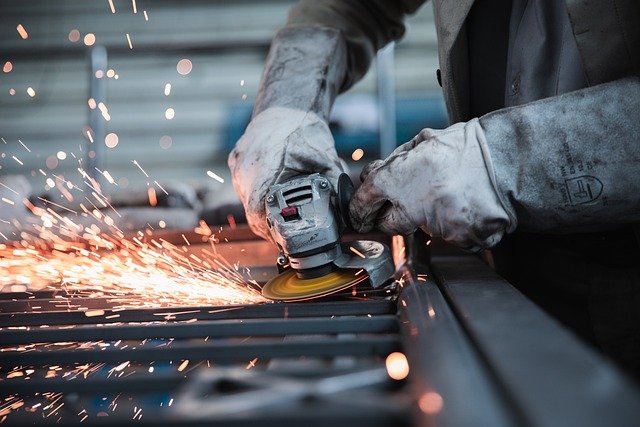
-
The Philippine manufacturing sector returned to growth in February
-
This is its highest gain in more than three years on solid expansion in output, new orders and purchasing
-
The Philippine Purchasing Managers’ Index rose from 50.0 in January to 52.8 in February, climbing above the no-change threshold that separates expansion from contraction
-
Growth centered on expansions in both output and new orders with the rate of increase in the former the quickest in more than three years
-
Supply chain issues persisted although the extent to which lead times lengthened was the weakest for a year
-
Reports of port congestion and transportation bottlenecks also persisted, but companies mentioned improvements in material availability
The Philippine manufacturing sector returned to growth in February, registering its largest gain in more than three years on solid expansion in output, new orders and purchasing.
The Philippine Purchasing Managers’ Index rose from 50.0 in January to 52.8 in February, climbing above the no-change threshold between expansion and contraction.
The latest result signaled a resumption of growth in the Philippines’ manufacturing sector and indicated the strongest improvement in the health of the sector since December 2018, according to the latest survey by London-based IHS Markit.
Growth focused on expansions in both output and new orders, with the rate of increase in the former the fastest in more than three years.
Firms surveyed said the relaxation of some pandemic restrictions and greater availability of materials prompted the increase in production.
New orders, meanwhile, rose sharply with survey panel comments overwhelmingly citing improvements in domestic demand. Exports also rose in February, ending four successive months of contraction.
“There were, however, areas of concern surrounding prices and employment,” IHS Markit economist Shreeya Patel.
“Inflationary pressures were historically elevated, which forced firms to push through hikes in selling charges. At the same time, voluntary resignations continued, which has been seen since the pandemic hit the Philippines’ economy two years ago,” Patel explained.
“Fortunately, production does not seem to have been impacted by staff shortages and firms are keeping backlogs at bay.”
Spare capacity allowed manufacturers to add to post-production inventories in February, driving up stocks sharply and at the fastest rate in five years. Anecdotal evidence suggested survey panelists anticipated greater demand in the coming months and boosted their stock levels.
Supply chain issues, meanwhile, persisted in February, although the extent to which lead times lengthened was the weakest for a year. Reports of port congestion and transportation bottlenecks persisted, but companies also mentioned improvements in material availability.
As for prices, higher energy, raw material, fuel and transportation costs drove up expenses in the second month of the year. The rate of input price inflation was robust and much stronger than the long-run survey series average.
Subsequently, manufacturers raised their selling charges at the joint-quickest rate in the current 22-month sequence of inflation.
Looking ahead, hopes for a return to normality, greater demand and a favorable presidential election outcome underpinned positive sentiment in February, but the degree of optimism was below the long-run series average.




